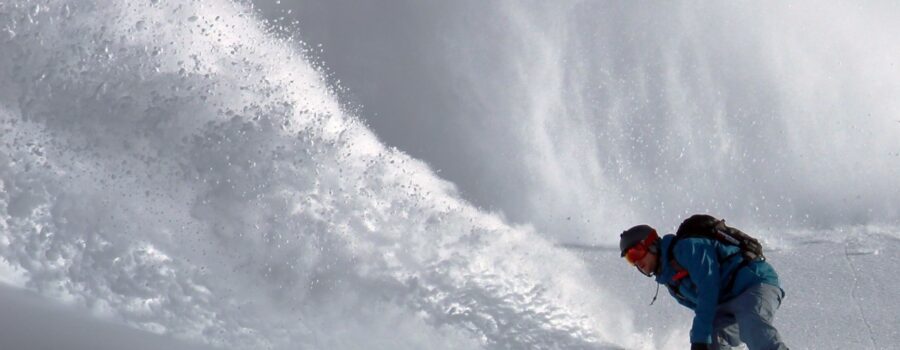Winter is fast approaching and snowboarding is one of the fastest growing winter sports in the United States. Approximately 20% or 3.4 million visitors at ski resorts are snowboarders.
Snowboarding involves riding an epoxy-fiberglass board with both feet affixed to the board. Balance is the key to mastering this sport. Beginning snowboarders are predisposed to injury due to their lack of balance.
Common Snowboarding Injuries:
- Wrist fractures and/or sprains: A typical first snowboarding experience consists of a cycle of brief rides followed by falls; since both feet are affixed to the board the upper extremity must break the fall.
- Ankle sprains: Ankle sprains are more likely to occur in snowboarders than in skiers due to equipment differences. Ski boots are solid and prevent motion at the ankle. Snowboarders have a variety of boot types to choose from – soft shell, hard shell and hybrid boots. Soft shell are worn by 75% of recreational boarders because they offer increased maneuvering ability and comfort, however, this places the ankle at an increased susceptibility to injury. The hard boots provide greater ankle support and increased control and are primarily used by races. The hybrid boots are newcomers to the sport and offer the benefits of both of the other boots.
- Ankle fractures: Ankle fractures are more common in snowboarders than skiers as well due to equipment differences. Although not very common, a fracture of the lateral process of the talus (often missed by a normal X-ray) is of the utmost importance because if left untreated it can lead to significant disability.
Prevention of Snowboarding Injuries:
- Wear the proper protective equipment – wrist guards, helmets, elbow and knee pads.
- Perform pre-season conditions – please stop by FullMotion Physical Therapy for specific snowboarding stretches and exercises.
- Enroll in snowboarding lessons from a licensed instructor.
Have a great snowboarding season and please be safe on the slopes!


